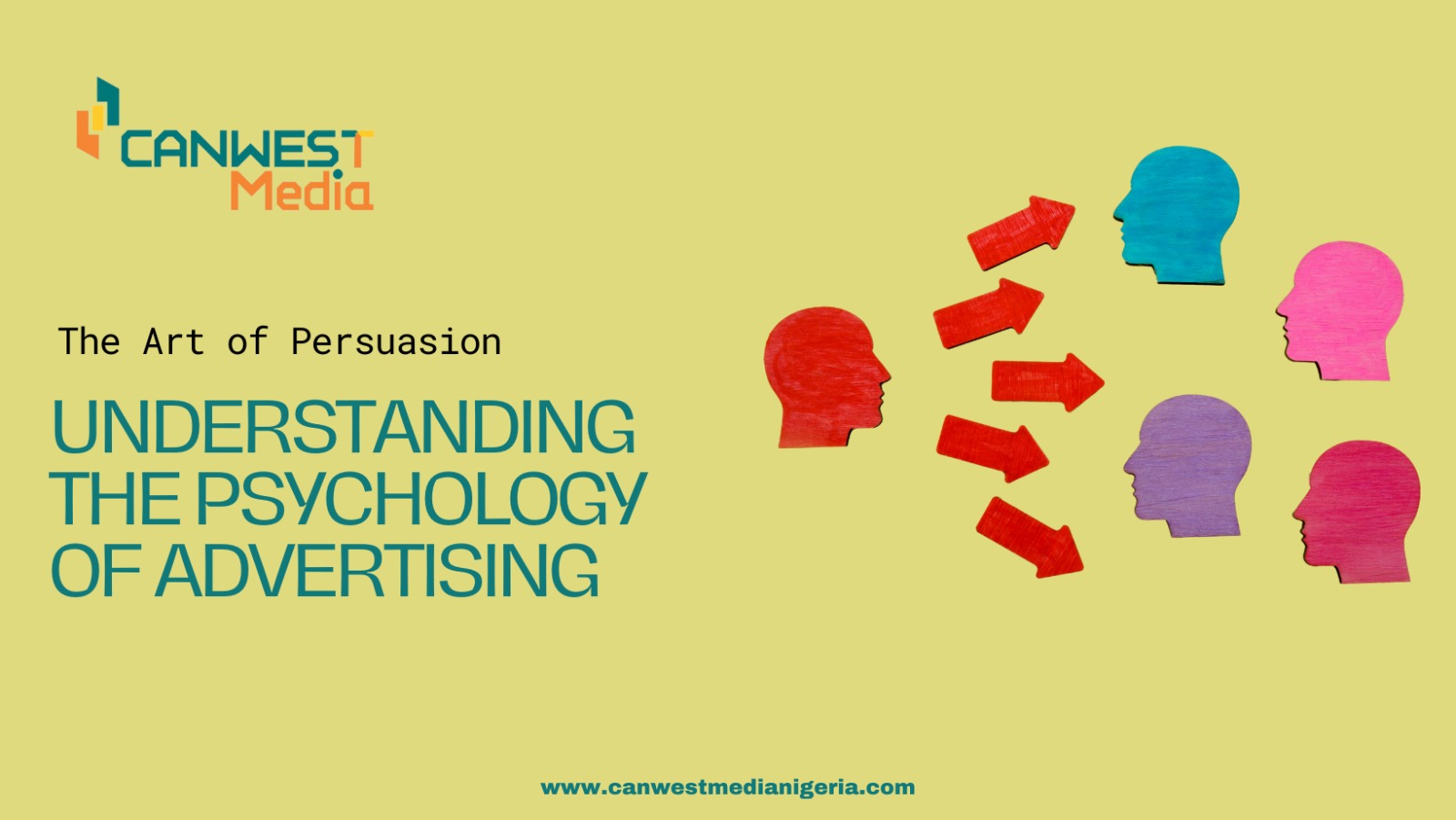
The Art of Persuasion: Understanding the Psychology of Advertising
In the fast-paced world of marketing, mastering the art of persuasion is crucial for advertisers looking to capture the attention of consumers and drive action. Behind every successful advertising campaign lies a deep understanding of human psychology and the principles that influence decision-making. In this blog post, we explore the intricate relationship between psychology and advertising, shedding light on how advertisers leverage psychological insights to create compelling campaigns that resonate with audiences.
- The Power of Emotional Appeal:
Emotions play a pivotal role in consumer decision-making. Advertisers strategically craft messages that tap into consumers’ emotions, whether it’s joy, fear, nostalgia, or excitement. By creating an emotional connection with their audience, advertisers can elicit a strong response and increase the likelihood of conversion.
- Leveraging Social Influence:
Humans are inherently social beings, and we often look to others for guidance and validation. Advertisers capitalize on this by incorporating social proof into their campaigns. Testimonials, user reviews, and endorsements from influencers can sway consumer perception and encourage action by demonstrating that others have had positive experiences with the product or service.
- The Science of Visual Communication:
Visual elements are powerful tools in advertising. Colors, images, and design aesthetics can evoke specific emotions and associations, influencing how consumers perceive a brand or product. Additionally, the placement and composition of visual elements within an ad can guide the viewer’s attention and reinforce key messages.
- Building Trust Through Credibility:
Trust is the foundation of any successful relationship, including the relationship between consumers and brands. Advertisers build trust by establishing credibility through transparent communication, genuine testimonials, and guarantees of quality. By fostering trust, advertisers can cultivate long-term relationships with their audience and inspire brand loyalty.
- Understanding Cognitive Biases:
Cognitive biases are inherent shortcuts in human thinking that can influence decision-making. Advertisers leverage these biases to their advantage, using tactics such as the scarcity principle, anchoring, and framing to nudge consumers towards a desired action. By understanding and appealing to these biases, advertisers can increase the effectiveness of their campaigns.
- The Role of Neuromarketing:
Neuromarketing combines neuroscience with marketing to understand how the brain responds to advertising stimuli. Through techniques such as brain imaging and eye tracking, advertisers gain insights into consumer preferences and behaviors on a subconscious level. By leveraging these insights, advertisers can optimize their campaigns to better align with the neural processes underlying consumer decision-making.
In conclusion, the art of persuasion in advertising is a multifaceted endeavor that requires a deep understanding of human psychology and behavior. By tapping into emotions, leveraging social influence, and understanding cognitive biases, advertisers can create campaigns that resonate with their audience and drive meaningful action. As technology continues to advance, advertisers must stay attuned to the evolving landscape of consumer psychology to remain relevant and impactful in their marketing efforts.
